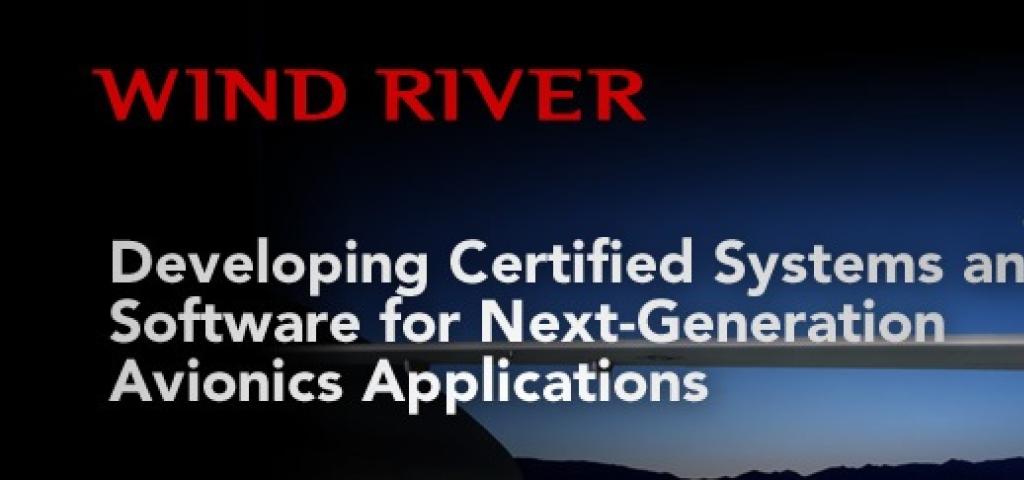
Multi-core is Ready for Takeoff

Over the past two years, there has been an upswing in adoption of multi-core silicon for safety-critical applications. Previously, customers were reticent about predicating new safety designs on multi-core silicon, but in the past year we’ve seen two changes that have compelled designers to reconsider their positions. First, both EASA and the FAA have released guidance related to approval of multi-core silicon in airborne systems and second, our silicon partners have continued to innovate more powerful and capable processors rendering many single core designs obsolete.
The FAA released CAST-32, a position paper that defines suggested objectives to achieve certification of multi-core parts used in safety-critical applications. CAST-32 lists 24 objectives in the categories of determinism, software and error handling for multi-core parts. Each objective is targeted at verifying the behavior of the processor when utilizing shared resources, interconnects, cache and hardware and software virtualization, among other things. CAST-32 bounds the areas that certification authorities will focus on during a review and this is what we’ve all been waiting for regarding use of multi-core in safety-critical systems: reduction of certification risk.
Wind River has been very active innovating new technologies to support multi-core silicon. In November 2014, we introduced the VxWorks 7 Safety Profile which supports multi-core parts and certification to IEC61508, SIL 3. The VxWorks 7 Safety Profile includes space and time partitioning so customers can deploy multiple levels of safety on multi-core parts. The time partition scheduler can be instantiated in different ways, including within a single core or across cores where real-time processes at a common level of safety can run on different cores concurrently using the SMP scheduler. If you are sensing that VxWorks 7 and our VxWorks 653 technology share similar traits, this is by design. Wind River’s strategy is to unify our technology on a common platform based around VxWorks 7 and this is the first step in that direction.
Soon, you’ll be hearing about what is next for our VxWorks 653 product line and technology. The hint I can share now is that it will squarely address the most important trends in the market for aerospace and defense: multi-core certification and FACE™. The next generation of VxWorks 653 will provide customers with unprecedented flexibility for multi-core certification that augments the capabilities provided in the VxWorks 7 Safety Profile today. Additionally, it will expand capabilities for FACE™ by offering support for multiple OS profiles in 2015. Now that the early adopters have arrived, we’re looking forward to 2015 as a year of further adoption of multi-core silicon for safety-critical designs in aerospace, industrial, rail, medical and automotive applications. Keep listening for more news to be shared about our plans in the coming weeks!

